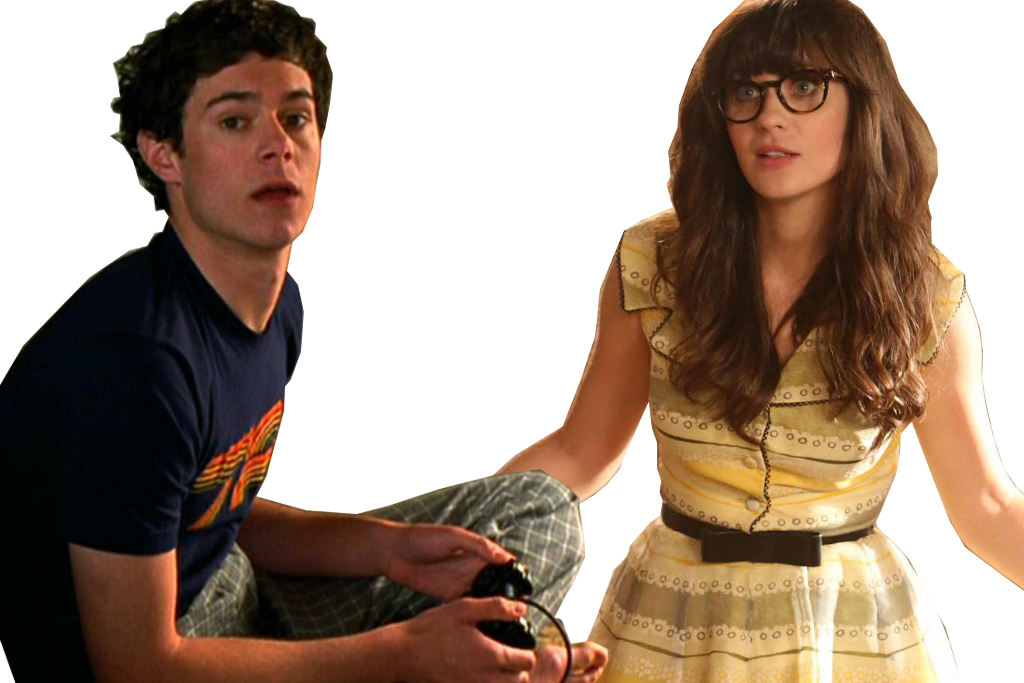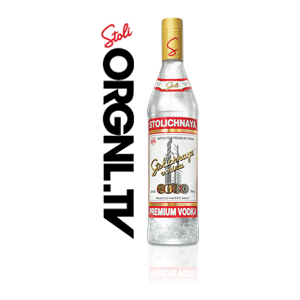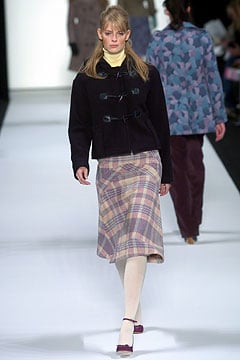Origin Stories: The Evolution Of Geek Chic
Social awkwardness is the new black. In fact, it has been for some time.


For more original people, places and ideas head to
Everything has its beginning — an inception point or nucleus. We’ve teamed up with ORGNL.TV, a new editorial channel by Stolichnaya Premium Vodka, to bring you a fortnightly series in which we peel back the curtain and pinpoint the moment of origin of something happening now.
On August 28 2013, the phrase “Geek Chic” entered the Oxford Dictionary, and victory was declared for well-shod intellectuals, comic book enthusiasts, and people who spend too much time on the internet.

But while the definition is new, the concept isn’t. Those fellas at the Oxford Dictionary were 10 years late to the party: us geeks had already won. Our tipping point (thanks Mr Gladwell, excellent geek that he is) was reached on December 3 2003 — the night known as “The Best Chrismukkah Ever.”

Seth Cohen, people. The millennial messiah of geekdom. He who made teen geekiness cool, and who repositioned the ‘nerd’ archetype as a viable option for a romantic lead. In today’s era of Big Bang Theories and Junos, this no longer seems like a big deal, which just goes to show how far the geek has come. But it almost never happened. Back in the early naughts, FOX was so unsure about diverging from the Jason Priestly/Luke Perry dynamic that they suggested to The OC creator Josh Shwarz that perhaps Sandy and Kirsten might have had an abortion, to get rid of that pesky nerdy character – a pesky nerdy character who, by the time of ‘The Best Chrismukkah Ever’ would be all but carrying the show on his narrow, band T-shirt-covered shoulders.
Revenge Of The Nerds
You can actually narrow down the tipping point even further, to when Summer Roberts tries to win Seth over by donning a Wonder Woman costume. Here we have the popular, mainstream love interest literally covering herself in a reference to the ultimate geek symbol: the comic book. The geek was taking over.
It’s the direct reverse of Olivia Newton-John switching out her good girl sweaters and bobby socks for head-to-toe leather in Grease 25 years earlier. The arrow was pointing the other way now, toward a new era of cool that involved check shirts, Death Cab for Cutie, and a whole lot of social awkwardness.
It’s no surprise that costumes would be used to represent the shifting landscape of cool: clothes are key elements in constructing identity. Like so many subcultures that are absorbed by the mainstream, geeks started out as an anti-fashion statement. It was less a “damn-the-man” sentiment favoured by punks or hippies, and more the expression of a lack of interest in being the cool kid. Soon after ‘The Best Chrismukkah Ever’, MySpace founder Tom became the most popular guy on the internet. TED videos were a past time unto themselves, making learning cool and ideas easily digestible. Anti-intellectualism fell out of fashion, and kids were two-strapping. Geek was the new season trend, and the fashion world took notice.
The Geek Aesthetic
Marc Jacobs, the man responsible for bringing grunge to runways in 1992, was one of the earliest champions of the Geek Chic movement. His diffusion label, Marc by Marc Jacobs, was known for reimagining high school cliques (cheerleaders, preppy kids, athletes) — which naturally lead straight to geeks. Cropped blazers, neat hair, short sleeve shirts, high waists, knee socks and intentionally clashing prints featured in his highly-buzzed shows, and signalled a distinct shift from the glitz and glamour (read trash-town) of the late ’90s/early 2000s.

Since then, geek chic’s effect trickled down, through other designers, to the masses. One of the fashion industry’s most successful women, Jenna Lyons, President and Creative Director of revamped American brand J-Crew is the embodiment of modern Geek Chic. With her thick black bi-focals and penchant for crisp button ups and cropped cigarette-leg pants, she breathed fresh life into the flailing retailer with enviable prep flair.

Black Milk, the Australian cult of spandex lovers, tapped into what is possibly the last vestige of true geekness: fandoms. Licensing Star Wars, Lord of the Rings and most recently Harry Potter imagery for their range of leggings and bodycon dresses, this online-only business has amassed a dedicated community of fans that have regular IRL meetups all over the world (not unlike actual fandoms).

–
Technosexual
It’s not surprising that the Oxford’s definition of “geek chic” is specific in its reference to computing and technology. Certainly the commodification of technology has changed the way we look at the people who work in the tech industry. Those who were once ostracised for their obsessive personalities and stereotyped with questionable hygiene turned out to be the superstar tech entrepreneurs who rewrote the rules of this digital age. Silicon Valley is where the best and brightest go to change the world. And unlike Washington or Wall Street, it’s hip! It’s creative! The Google offices have sleep pods and let you bring your dog to work!
Anyone who tells you they’ve never been slightly turned on by the sleek lines and solid state drive of a MacBook Air is a downright liar. Ashton Kutcher taught me that Steve Jobs understood the importance of ‘cool’ in technology, and in the last five years, high fashion jumped on board — from Burberry becoming a leader in social and digital strategy, to models wearing Google Glass on the runway at Diane Von Furstenberg’s New York Fashion Week show last year.

Tech accessories are a major category for most fashion retailers and designers now, from Marc Jacobs to Dolce and Gabbana. Stylish editors will carry a bright leather iPad case along with their Celine clutch — it’s not just function, it’s a status symbol. Wearable technology seems to be the next step; a convergence of the two industries makes sense.
Back To The Future
Just last year, Topshop creatively combined the popularity of geekdom and logo tees to produce t-shirts with just ‘GEEK’ and ‘NERD’ printed in bold. The nerd/geek in me couldn’t resist buying my boyfriend and myself one each for Christmas — without realising that the only people actually wearing these are hot girls in tiny denim cut offs. Young, attractive people on mass are wanting to identify as geeks in a non-ironic way – where does the appeal lie?
Of course, it was always going to end up like this. Seth Cohen has been the guiding light, but only in Hollywood would the attractive and charismatic Adam Brody be considered a geek. Meanwhile in Silicon Valley, actual geeks like Mark Zuckerberg continue to wear elastic waisted jeans to work — and Sean Parker had the tackiest wedding in the history of forever. In that light, the geek movement might seem like nothing more than a ruse concocted by FOX and high fashion brands. But then perhaps we’re just working off an out-dated definition of “geek.”
Geek is no longer a word used to describe spotty teenage boys holed up in their rooms playing Dungeons and Dragons. Now it’s a badge of honour. People proudly declare themselves as a ‘film geek’ or ‘music geek’ (or even ‘a Gleek’). Being a geek takes work, though — you need to know your stuff. Unlike mere fangirling, the word implies a deeper level of knowledge, skill and commitment to your chosen area of geekdom. In the last few years, history has shown us that this obsessive commitment can lead to mind-blowing success. And in the end, there’s nothing more attractive than that.
–
Maddy Newman runs a fashion magazine for a major e-commerce company. Before that she produced a talk-back radio program for the over 65s. Consequently, she knows a lot about the Internet, shoes and Andre Rieu.